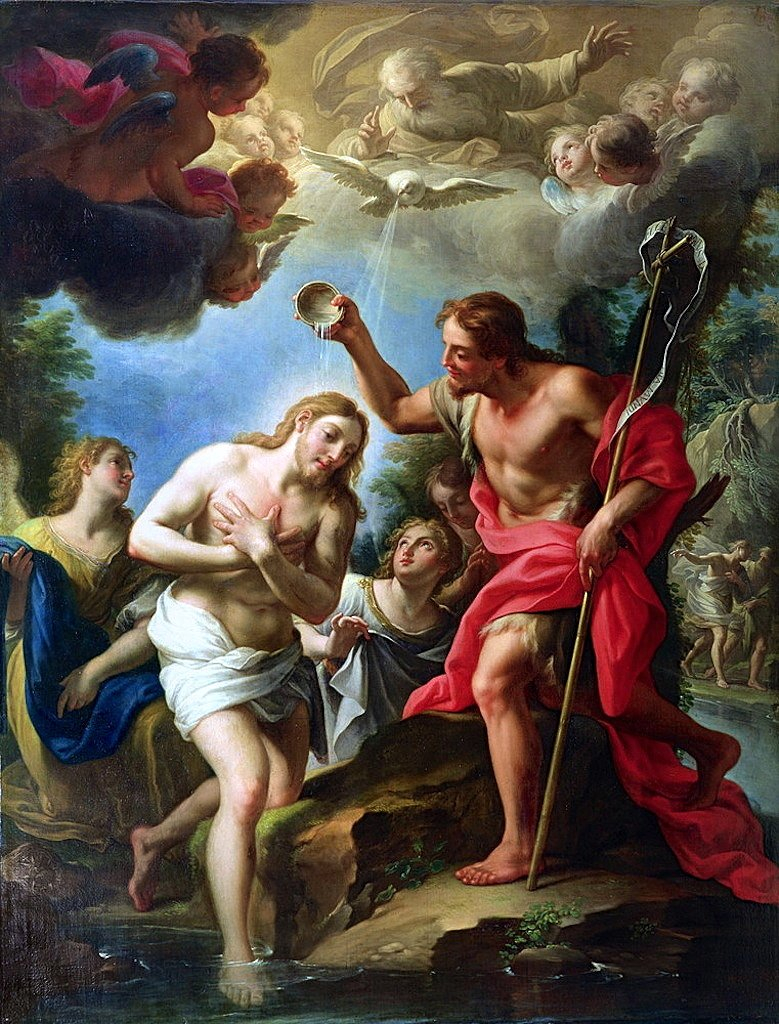Answered by Legionary of Christ Father Edward McNamara, professor of liturgy and dean of theology at the Regina Apostolorum university.
Q: Can deacons do baptisms in the extraordinary form? — G.P., Ann Arbor, Michigan
A: The short answer is yes, although with some limitations.
The Roman Ritual which constituted the law in force in 1962 allowed for deacons to administer solemn baptism in some cases:
“15. A deacon is the extraordinary minister of solemn baptism. He may not, however, use his power without the consent of the Ordinary or the pastor — such permission being granted for a just cause, and lawfully presumed when necessity urges.
In danger of death, non-solemn baptism can be administered by anyone as long as he uses the proper form and matter and has the right intention. If possible two witnesses or at least one should be present so that the baptism can be proved. A priest if available should be preferred to a deacon, a deacon to a subdeacon, a cleric to a laic, a man to a woman, unless for the sake of modesty it is more fitting that the woman baptize rather than the man, or because the woman might know the form and method better than the man. Father or mother are not permitted to baptize their child, except when in danger of death no one else can be had who could baptize.”
The rites also add that “When a deacon administers baptism he uses salt already blessed by a priest.” The water is usually already blessed in the extraordinary form.
In 1962 deacons at Mass were uncommon as there were only transitional deacons awaiting priestly ordination, and the period of diaconate was relatively brief. At solemn Masses, the liturgical function pertaining to deacon and subdeacon were usually carried out by priests.
Although I believe that there are no permanent deacons in the communities dedicated exclusively to the extraordinary form, there is nothing that would impede a permanent deacon from carrying out the liturgical functions permitted in this ritual. Thus, in an answer to a question in 2008 the Pontifical Commission Ecclesia Dei announced:
“The Motu Proprio Summorum Pontificum, just as the Motu Proprio Ecclesia Dei, presupposes that any deacons, transitional or permanent, may function as deacons in the Mass according to the 1962 Roman Missal, provided, of course, that they are familiar with the rites and can function with sufficient ease. The local Ordinary cannot impede a deacon in good standing from functioning as a deacon in the extraordinary form of the Roman Rite provided that the deacon is qualified.”
We could, however, ask the question whether the 1983 Code of Canon Law (861, §1), which makes a deacon an ordinary minister of baptism, might remove some of the restrictions mentioned above.
I would say that it would only make a relatively small difference. The 2011 instruction Universae Ecclesiae, No. 28, clarified that Summorum Pontificum derogated from post-1962 liturgical laws which are incompatible with the previous rubrics.
In the light of this, even though, as an ordinary minister of baptism, the deacon might no longer technically require an express authorization to baptize, he is restricted, and depends on the priest, insofar as he is still unable to bless the salt and water required for the rite.
This would leave him, for all practical purposes, in the same situation as a 1962 deacon with respect to baptism.
With respect to distributing holy Communion, Father Daniel C. Gill points out that there is a change wrought by canon law (CIC 910, §1) making the deacon an ordinary rather than an extraordinary minister of Communion. The 1917 code (845, §2) said that the deacon:
“Was an extraordinary minister of communion, who needed the permission of the pastor or local ordinary and a legitimate reason in order to distribute communion. With the change from extraordinary to ordinary minister, the deacon now would no longer need permission and a legitimate reason in order to distribute communion. Ceremonially there is no change. The 1952 Roman Ritual allowed the deacon to distribute communion using the same ritual as a priest (cf. 1952 RR, Order of Administering Holy Comm. outside Mass, n. 10) and could also give the blessing found at the end of the rite (see Cod. Comm., Resp. 13 July 1930). Similarly, the ritual allowed the deacon to administer Viaticum (cf. 1952 RR, Order of Communion to the Sick, n. 29). That this included the blessing within the rite was made clear, first, by an 1858 response by the Sacred Congregation of Rites (see S.R.C. 5270, Tonkini Occidentalis [14 Aug 1858]), and then, by 1917 CIC 1274, §2. https://dcgb7f.wordpress.com/2014/05/01/deacons-and-summorum-pontificum/”
The situation of an Eastern-rite deacon with respect to baptism is analogous to that of an extraordinary form deacon albeit more restrictive. Canon 677 §2 of the Code of Canon Law of the Eastern Churches states that the deacon can baptize only in cases of necessity. The norm here is more restrictive insofar as most Eastern Churches habitually administer confirmation and Eucharist to infants in a continuous celebration. While it is possible for the Church to widen the number of blessings that a deacon can bestow, it is beyond its power to grant a deacon the faculty to be a minister of confirmation.
* * *
Readers may send questions to zenit.liturgy@gmail.com. Please put the word «Liturgy» in the subject field. The text should include your initials, your city, and your state, province or country. Father McNamara can only answer a small selection of the great number of questions that arrive.

Trevisani_Baptism_Christ - Wikimedia Commons
LITURGY Q & A: Deacons and Baptisms in Extraordinary Form
1962 Law Sets Parameters


